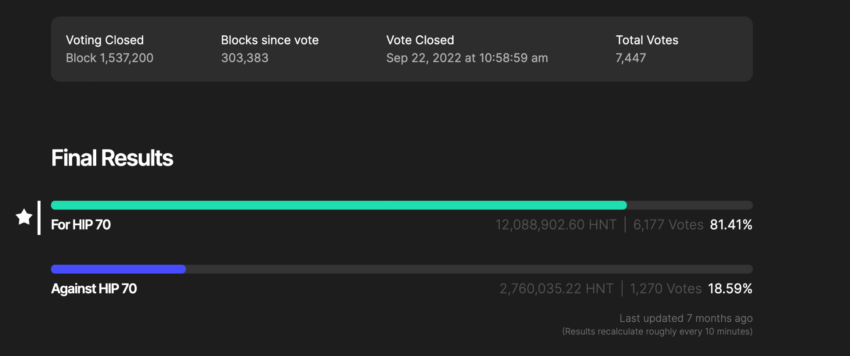Profitability and the need for FinTech self-regulation
At a time when FinTechs are struggling to generate profits after years of being focused on growth, an industry insider discusses how a company must be its own harshest critic and make tough decisions to secure a firmer financial footing.
—
After years of easy money and rapid growth, FinTechs find themselves in a completely different business environment. A quick look at the dynamics in recent years reveals how much the situation has changed. In an interview with PYMNTS, Charlie Youakim, CEO of Sezzle, described the previous era as “mad money” – and it’s not hard to see why.
In 2021, FinTech global funding increased to a record $131.5 billion, a 169% increase from 2020. This growth is remarkable, considering that FinTechs boomed in 2020 as well. That year, for example, PayPal’s market capitalization surpassed that of Bank of America, the second largest lender in the US, making PayPal worth more than all US banks except JP Morgan Chase.
While PayPal is a bona fide — and profitable — heavyweight, Youakim explained that this was a time when investors and venture capitalists seemingly threw money at every idea, driven by a mindset that placed growth over profit.
“We had such a hot market for so long, it was just money chasing money; the ground had left the building,” Youakim said, recalling that companies could raise up to $400 million despite only having $20 million in revenue.
Buy Now Pay Later (BNPL) companies were not immune to this crazy money. Youakim noted that it was not unusual to see some firms pay $500 apiece to acquire a single customer.
Despite the growth, warning signs began to flash. After surviving the dot-com bubble in the early 2000s, Youakim began to experience déjà vu in late 2020. Working remotely from Puerto Rico, he was struck by the amount of crypto money flowing into the real estate market. Something seemed off, he said, and this feeling only grew as FinTechs’ veneer of business prosperity and success increased.
Eventually, Youakim’s nascent concerns crystallized into the conviction that the market was inflated and a price correction was imminent. Sezzle started to strategize how we were going to turn from acquiring as many new customers as possible to becoming profitable.
Changing course and focusing on profits required tough conversations. As Sezzle readjusted, the company realized it was facing some internal financial challenges. Youakim said this meant it had to re-price some deals with larger merchants, which was difficult and not always successful. Some deals fell apart.
The company also took a hard look at its portfolio and over many months cut cohorts that were unprofitable due to processing costs and lack of purchase frequency. In addition, Sezzle began encouraging customers to pay with automated clearing house (ACH) wire transfers instead of cards, as the former was cheaper. This was a simple change, Youakim said, as opposed to much more difficult decisions.
– We had to make layoffs. … I’m not proud of it. It’s the only time I’ve ever done that in my career, and I’ll never do it again, he said, adding that the company also spun off its non-North American operations.
Although these decisions were challenging, they proved effective. In the last two quarters of 2022, Sezzle made a profit after years of losses. Youakim credited this to being early on in realizing that changes were needed and then changing business operations accordingly.
For other FinTechs concerned with profitability, Youakim had some advice. He encouraged businesses to be their own biggest critics. This may be an unfamiliar approach to many, he said, but companies need to take a hard look at run rates and burn rates. This is necessary because the pendulum has swung towards profitability.
Sign up for the PYMNTS.com newsletter to get updates on top stories and viral hits.


